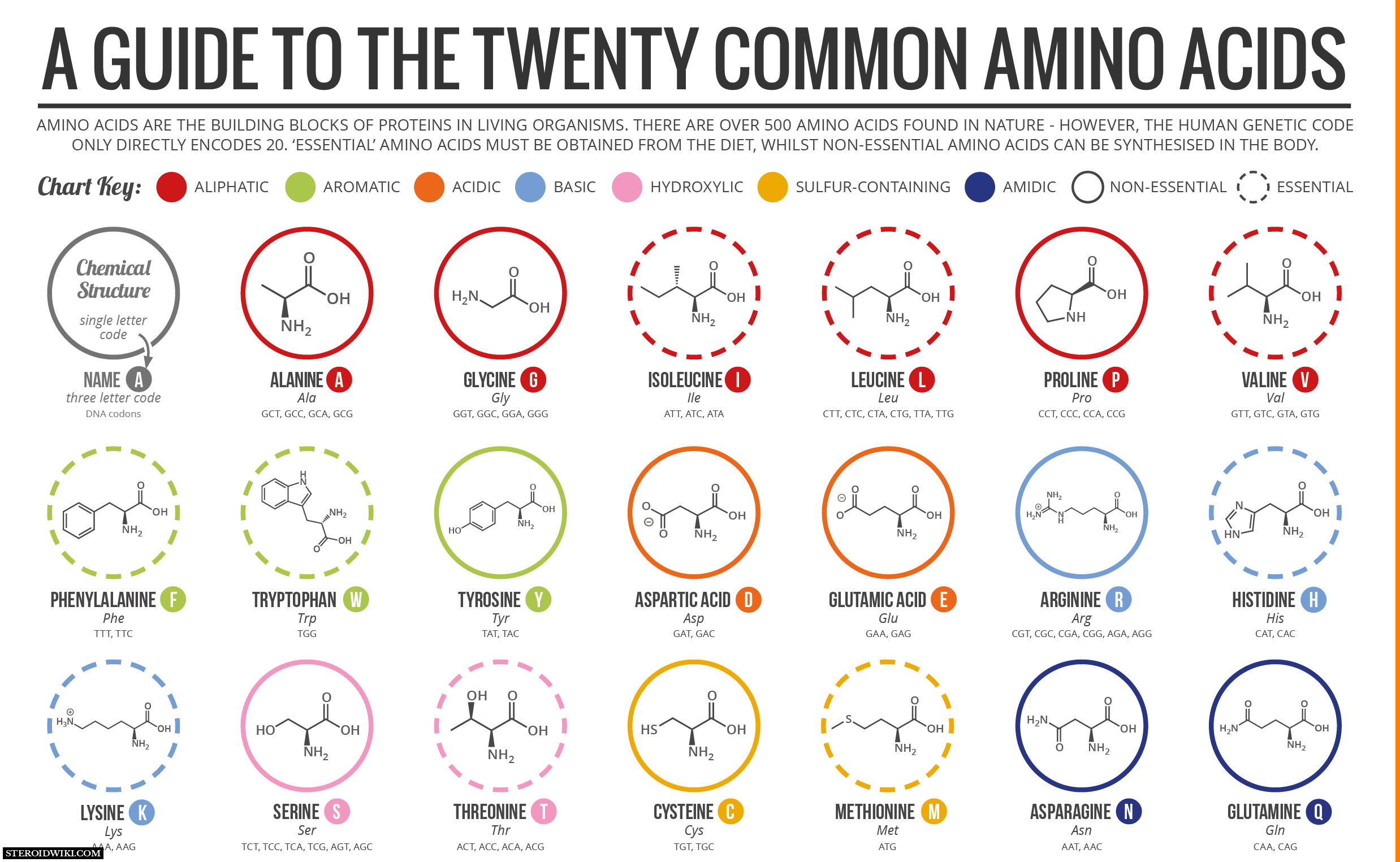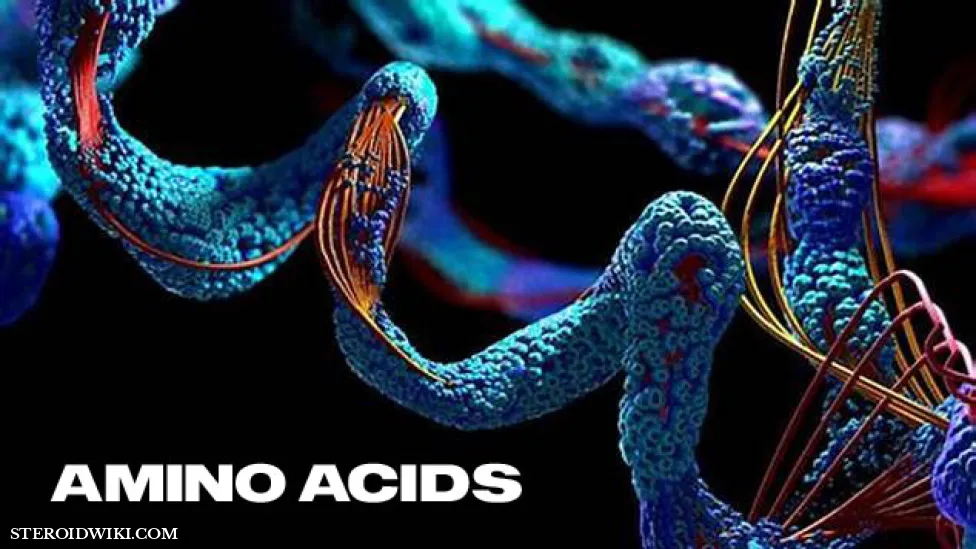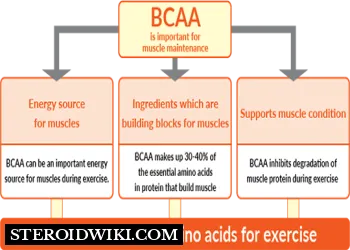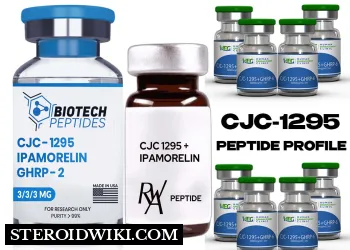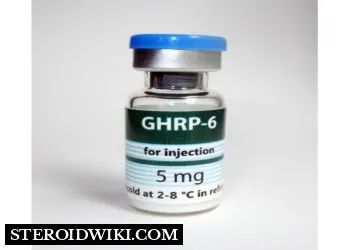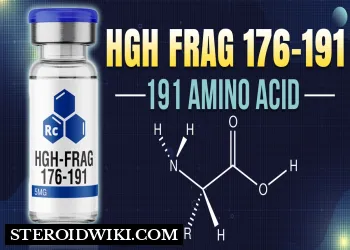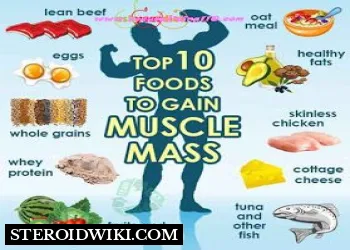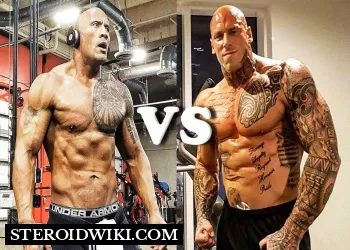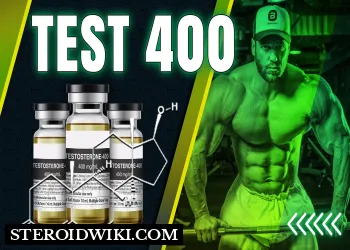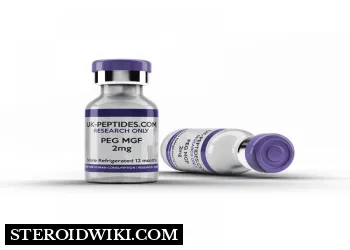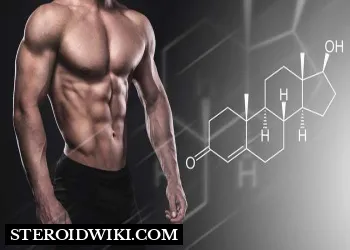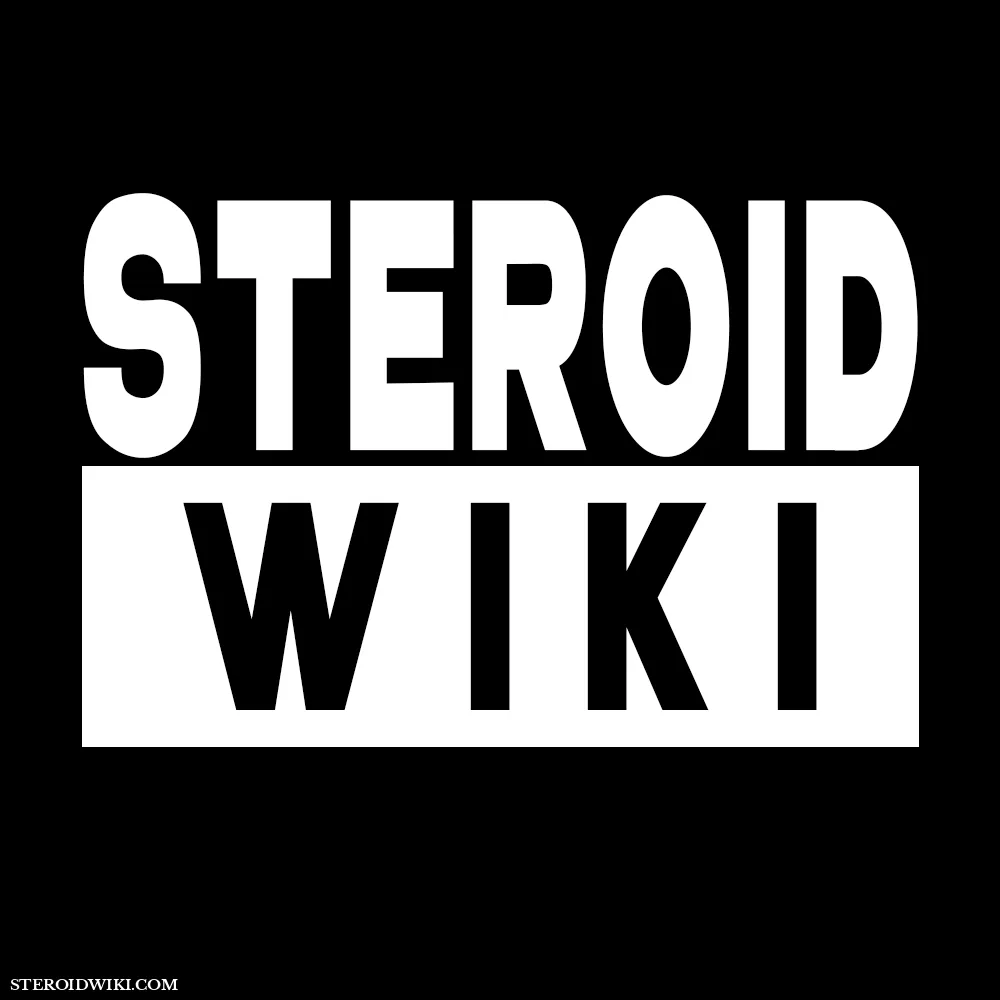The Great Amino Acids
WHAT ARE THE MOST IMPORTANT AMINO ACIDS?
Amino acids are the building blocks of protein, and muscle. Not all amino acids are created equal. Some have unique properties that are of particular interest to bodybuilders. In this article, we will highlight the most popular amino acids in food supplements, those that have significant effects on athletic performance or qualities related to muscle development.
Glutamine
It may be the king of amino acids. The interesting thing about glutamine is that it is technically classified as a non-essential amino acid.
However, if you look at the scientific literature, glutamine is often described as an essential amino acid under certain conditions. That is, in times of stress, you may need to take glutamine to supplement your body's needs.
Glutamine (not sugars or fats) is the preferred fuel source for the rapid division of cells such as enterocytes (intestinal cell) and lymphocytes (immune system cell).
It has approximately 61% of the amino acid pool in skeletal muscle. The loss of muscle glutamine can be a signal that the body is starting to break down muscle tissue, which is commonly referred to as catabolism.
This is the reason why the intramuscular stores of glutamine must be maintained.
BCAA
Leucine, Valine, and Isoleucine, probably the most well-known group of amino acids: they are among the favorites in the arena of power and strength.
What can this trio do? The list is impressive. Branched-chain amino acids help save muscle glycogen, decrease muscle breakdown and increase lean mass.
A recent study confirms that taking BCAAs inhibits the breakdown of muscle proteins independently of the action of insulin.
Branched chain amino acids can increase the secretion of certain anabolic hormones like growth hormone, and they are an important source of energy in athletes during times of carbohydrate discharge.
Among bodybuilders, strategies for pre-competition diets often involve a gradual reduction in both calories.
BCAAs may therefore be able to increase fat loss during this dietary restriction.
Taurine
This multifaceted amino acid is involved in detoxification, protection of cell membranes, regulation of tension, and maintenance of structural proteins in muscle.
Alanine
It's an amino acid that has been virtually ignored by the sports world. We know that alanine is released from the muscle during a period of carbohydrate fasting and that it serves as a precursor for the formation of glucose in the liver.
This alanine-derived glucose can be sent back to muscle (or other tissue) for fuel.
Creatine
The creatine is a derivative of three amino acids, arginine, glycine and methionine. Unless you live in the Amazon rainforest, you know that creatine is really good at promoting muscle growth.
Arginine
Some claim that arginine increases lean mass and strength.
This is because administration of arginine can produce a significant increase in serum growth hormone levels.
But how much should you take?
In adults, a dose of 37.5 g of arginine aspartate causes a slight increase in serum growth hormone levels, so although arginine may have some effect, a lot must be taken for it.
Arginine is an important precursor for the synthesis of creatine and may help facilitate the anabolic effects of insulin. It also plays a role of vasodilator.
Citrulline
In combination with malate, an intermediary in the Krebs cycle, citrulline has significant anti-fatigue properties. It can also increase muscle mass. Further information in this article on citrulline.
Glycine
This amino acid is one of three needed to synthesize creatine, but using glycine alone does not appear to have any particular benefit.
Science and amino acids
So what are amino acids? Their basic structure is shown above. The NH2 and COOH functions are respectively the alpha amino and alpha carboxylic functions, but what makes each acid unique is the R group or side chain.
Current biochemistry books will count 20 amino acids, but several special amino acids are components of only certain proteins.
For example, hydroxyproline (derivative of proline) is found in collagen, the protein which mainly constitutes connective tissue (skin, hair, etc.).
Obviously, we get our amino acids from our food.
Without going into detail, let's say that animal proteins are generally superior to plants because they contain a more balanced supply of essential amino acids.
The latter being those that our food must provide.
Non-essential amino acids can be made endogenously by your body.
Essential Amino Acids
These essential amino acids must be provided by food or supplements.
- Histidine
- Isoleucine
- Leucine
- Lysine
- Methionine
- Phenylalanine
- Thréonine
- Tryptophane
- Valine
Semi-Essential Essential Amino Acids
They are essential under certain conditions based on the body's ability to synthesize them from other amino acids
- Arginine
- Cysteine
- Tyrosine
Non-Essential Amino Acids
Nonessential amino acids can be synthesized by the body from other amino acids.
- Alanine
- Asparagine
- Aspartic acid
- Glutamic acid
- Glutamine
- Glycine
- Proline
- Ornithine
- Serine
- Taurine
